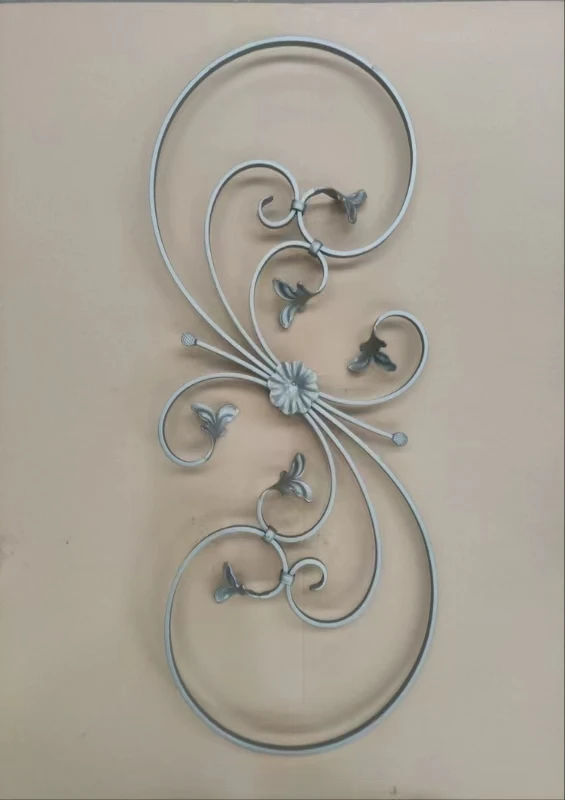what is stronger steel or iron
What is Stronger Steel or Iron?
When discussing materials in engineering and construction, two substances that frequently arise are steel and iron. While iron has been used for thousands of years, steel has become the material of choice for modern applications due to its enhanced properties. This article explores the differences between steel and iron, focusing on their strength, composition, and applications.
Iron is one of the most abundant elements on Earth, primarily found in the form of ores. Its history dates back to ancient civilizations, where it was utilized for tools, weapons, and buildings. Pure iron is relatively soft and malleable, making it easy to work with. However, when exposed to moisture, it can rust quickly, leading to deterioration over time. This vulnerability necessitated innovations, which led to the development of various alloys, including steel.
What is Stronger Steel or Iron?
The tensile strength of steel, which measures how much pulling force it can withstand before breaking, is significantly higher than that of iron. For instance, mild steel has a tensile strength of around 400 to 550 megapascals (MPa), while pure iron boasts a tensile strength of only about 370 MPa. This means that when subjected to the same forces, steel will generally bear greater loads and can endure harsher conditions without failure.
what is stronger steel or iron

Another critical factor is ductility, which refers to a material's ability to deform under tensile stress. While pure iron is considered ductile, many types of steel exhibit even greater ductility. Ductility is a crucial property for materials used in construction and manufacturing because it allows structures to bend and absorb energy without cracking. This characteristic is particularly essential in seismic zones where buildings must flex without collapsing during an earthquake.
Corrosion resistance is another aspect where steel often outperforms iron, particularly in the case of stainless steel. Stainless steel contains chromium, which forms a protective layer on the surface, preventing rust and corrosion. This feature makes stainless steel an ideal material for various applications, including kitchen appliances, medical instruments, and outdoor structures. Unprotected iron, on the other hand, can corrode rapidly when exposed to moisture and air, leading to weaker structural integrity.
Moreover, the weight of steel compared to iron is also noteworthy. Steel is generally lighter, providing added advantages in construction, where reducing load is essential for building efficiency and design innovation. This weight reduction leads to the ability to create larger spans and more complex geometries without increasing the load on supporting structures.
Despite its advantages, steel is not without drawbacks. The production of steel requires significant energy input and can contribute to environmental pollution if not managed properly. Additionally, pure iron can be advantageous in specific applications, particularly where its malleability is required, such as in wrought iron work, which allows for intricate designs and artistic expressions.
In conclusion, while both iron and steel have their place in materials science, steel emerges as the stronger, more versatile option in most applications. With its superior tensile strength, ductility, and resistance to corrosion, steel has become a staple in the world of construction and manufacturing. Understanding the differences between these two materials helps engineers and architects choose the right material for their specific needs, thereby ensuring safety, durability, and performance in their projects. Ultimately, the choice between steel and iron will depend on the intended application, cost considerations, and environmental impact, but when it comes to strength, steel clearly takes the lead.
-
Wrought Iron Components: Timeless Elegance and Structural StrengthNewsJul.28,2025
-
Window Hardware Essentials: Rollers, Handles, and Locking SolutionsNewsJul.28,2025
-
Small Agricultural Processing Machines: Corn Threshers, Cassava Chippers, Grain Peelers & Chaff CuttersNewsJul.28,2025
-
Sliding Rollers: Smooth, Silent, and Built to LastNewsJul.28,2025
-
Cast Iron Stoves: Timeless Heating with Modern EfficiencyNewsJul.28,2025
-
Cast Iron Pipe and Fitting: Durable, Fire-Resistant Solutions for Plumbing and DrainageNewsJul.28,2025
-
 Wrought Iron Components: Timeless Elegance and Structural StrengthJul-28-2025Wrought Iron Components: Timeless Elegance and Structural Strength
Wrought Iron Components: Timeless Elegance and Structural StrengthJul-28-2025Wrought Iron Components: Timeless Elegance and Structural Strength -
 Window Hardware Essentials: Rollers, Handles, and Locking SolutionsJul-28-2025Window Hardware Essentials: Rollers, Handles, and Locking Solutions
Window Hardware Essentials: Rollers, Handles, and Locking SolutionsJul-28-2025Window Hardware Essentials: Rollers, Handles, and Locking Solutions -
 Small Agricultural Processing Machines: Corn Threshers, Cassava Chippers, Grain Peelers & Chaff CuttersJul-28-2025Small Agricultural Processing Machines: Corn Threshers, Cassava Chippers, Grain Peelers & Chaff Cutters
Small Agricultural Processing Machines: Corn Threshers, Cassava Chippers, Grain Peelers & Chaff CuttersJul-28-2025Small Agricultural Processing Machines: Corn Threshers, Cassava Chippers, Grain Peelers & Chaff Cutters












